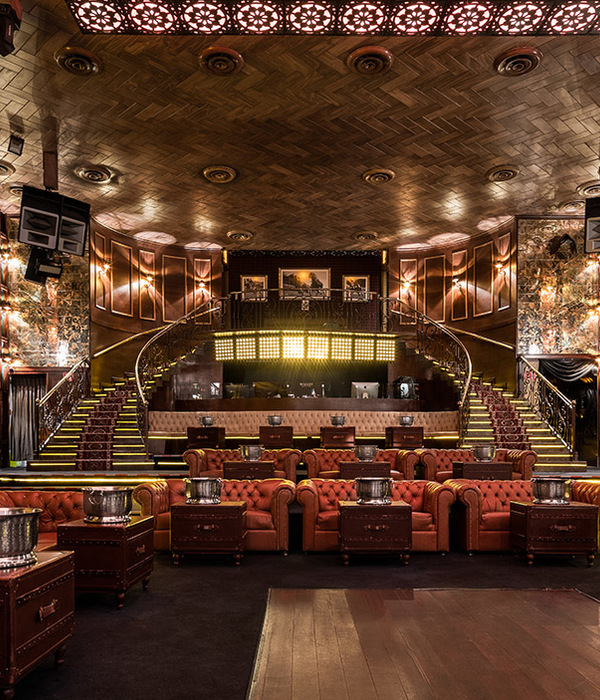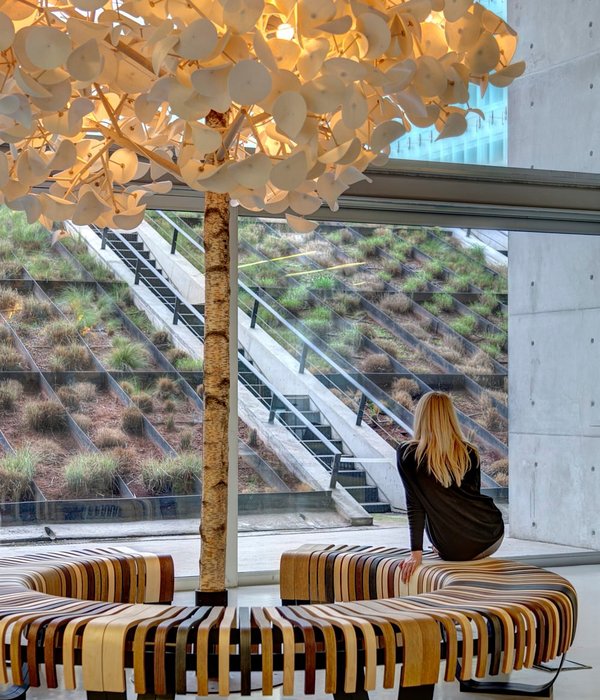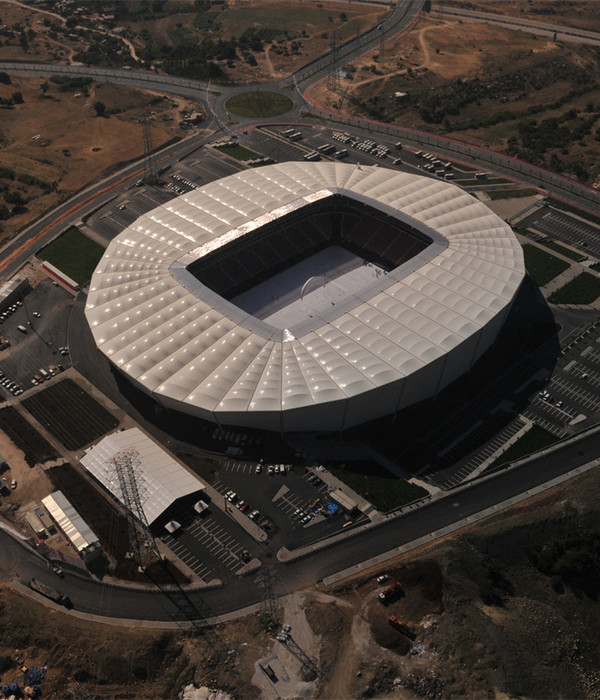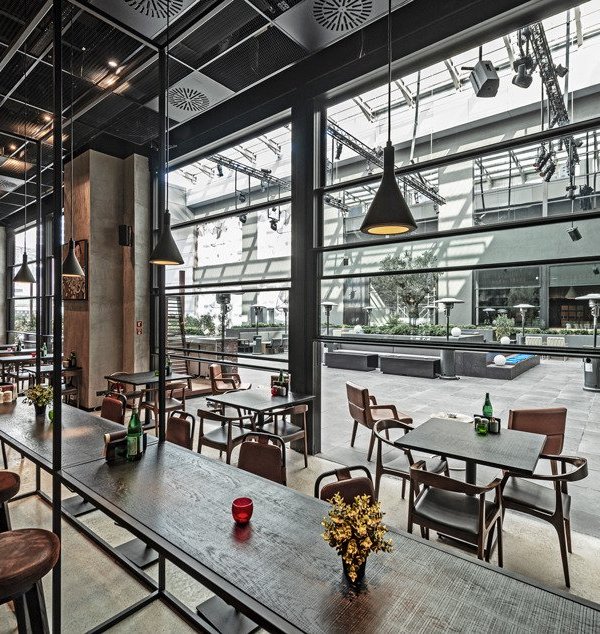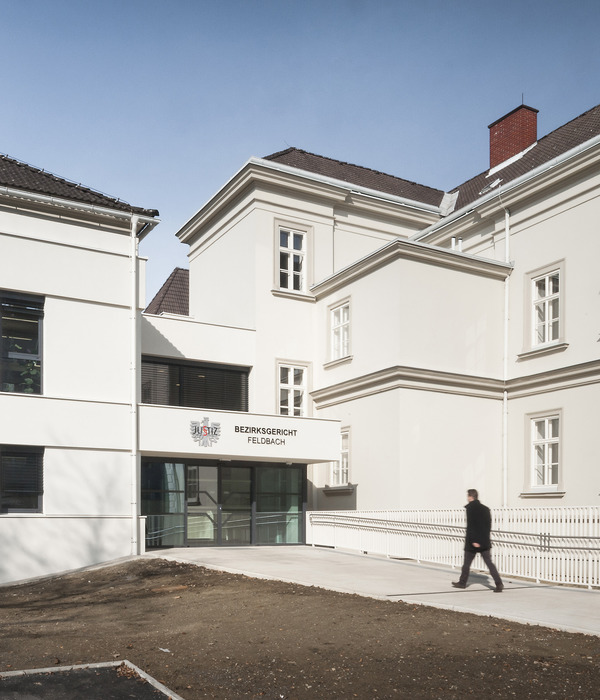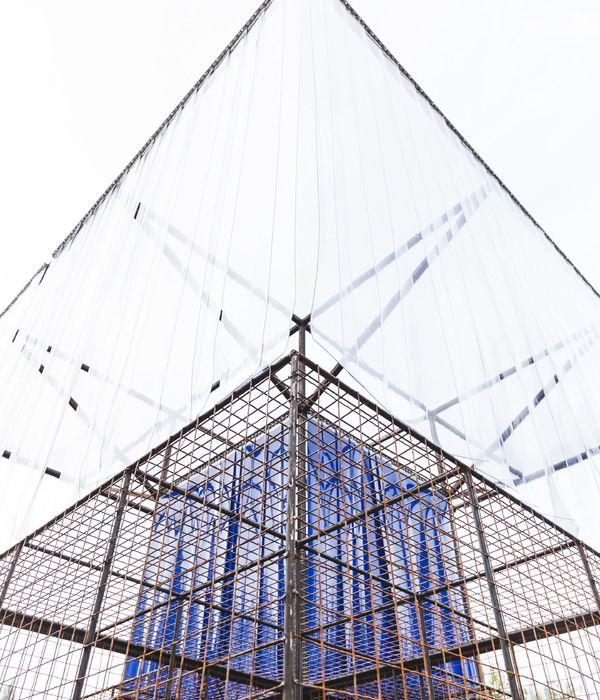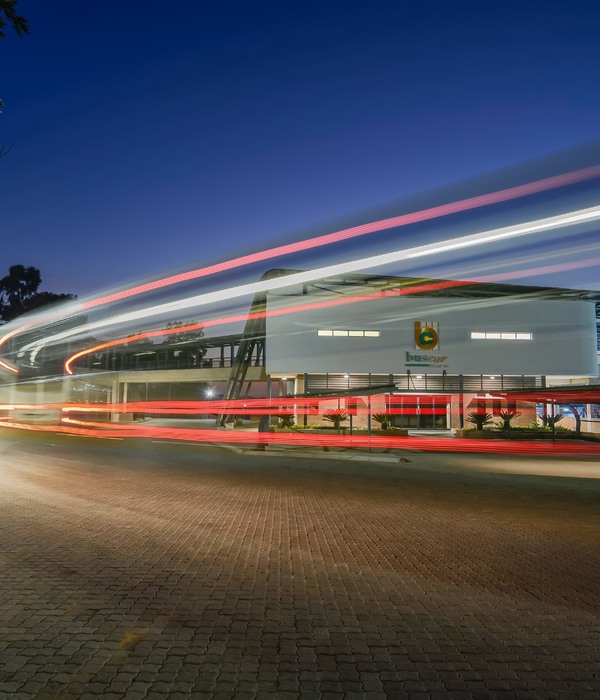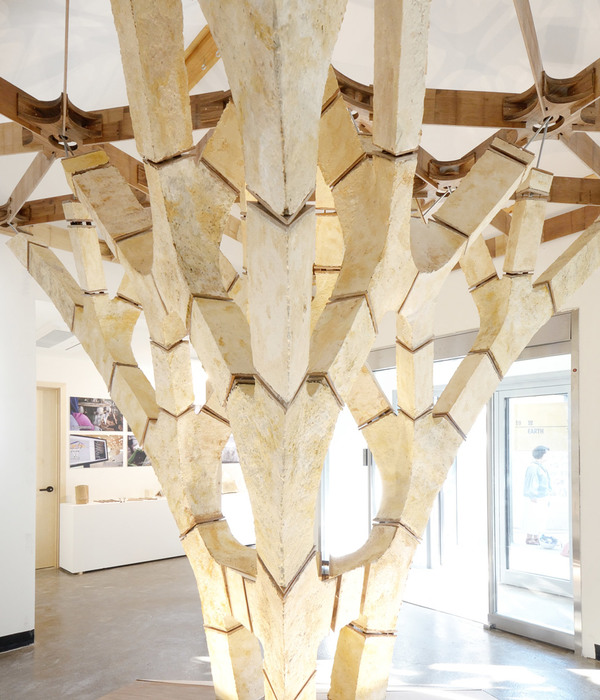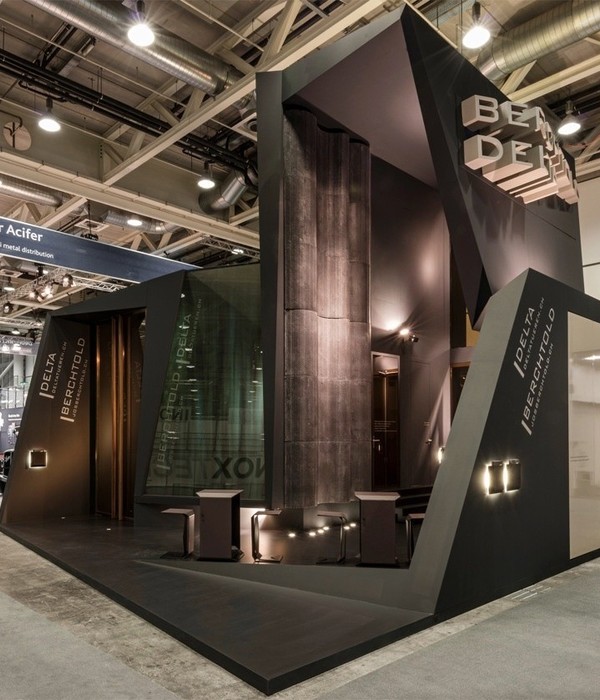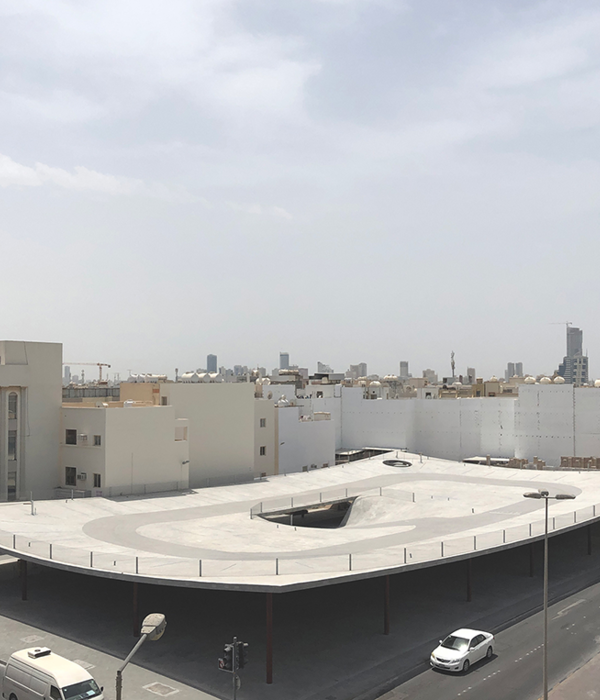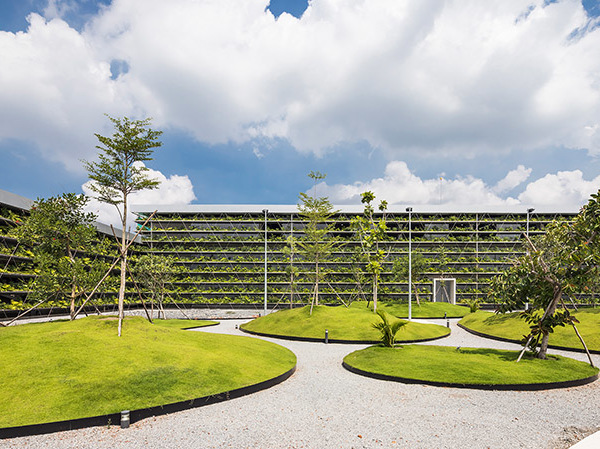Volvo Circle Pavilion, made entirely of lightweight and minimal materials, speaks of a vision for sustainability. It was planned not only to create something beautiful but also to ensure that the materials used were fully reused and recycled and that they were circulated and found new uses while minimizing the environmental impact. The paper-thin and light Tyvek covering the pavilion's structure is dismantled and reused as recycled plastic boards for public furniture, while the puzzle benches made using forged and neglected structural wood are fully recycled and donated. The minimal steel structure that safely supports the pavilion is disassembled and reused, and almost all elements are prefabricated and installed on-site to reduce the environmental impact and carbon emissions generated at the construction site.
The pavilion was created through collaboration with craftsmen, engineers, and makers from various fields who gathered together with a clear ambition for sustainability. Front INC worked together to create a minimal, lightweight structure, and DSLSM, which has shown various eco-friendly works using Tyvek material, worked together to create eco-friendly recycled plastic boards to realize material circulation and meaningful use.
Tyvek is used as a waterproof material and has physical properties similar to paper. You can create various patterns by cutting them out with a knife, and the overlapping patterns create three-dimensional shadows. This three-dimensional shadow is a metaphor for the light (Komorebi) that seeps through the leaves in the forest, and visitors experience a space created by light and shadow that changes over time. Used Tyvek is recycled into plastic boards and made into furniture again, steel frames are recycled at Hyundai Steel Works, and puzzle benches are donated to elementary schools, daycare centers, and children's libraries in the Seoul area.
{{item.text_origin}}

